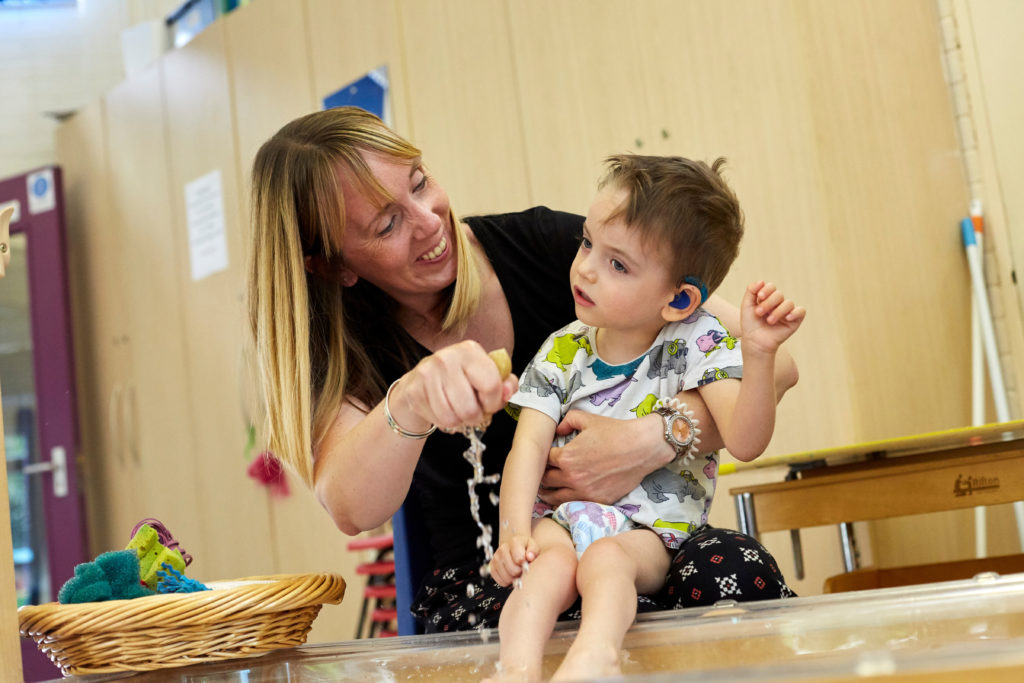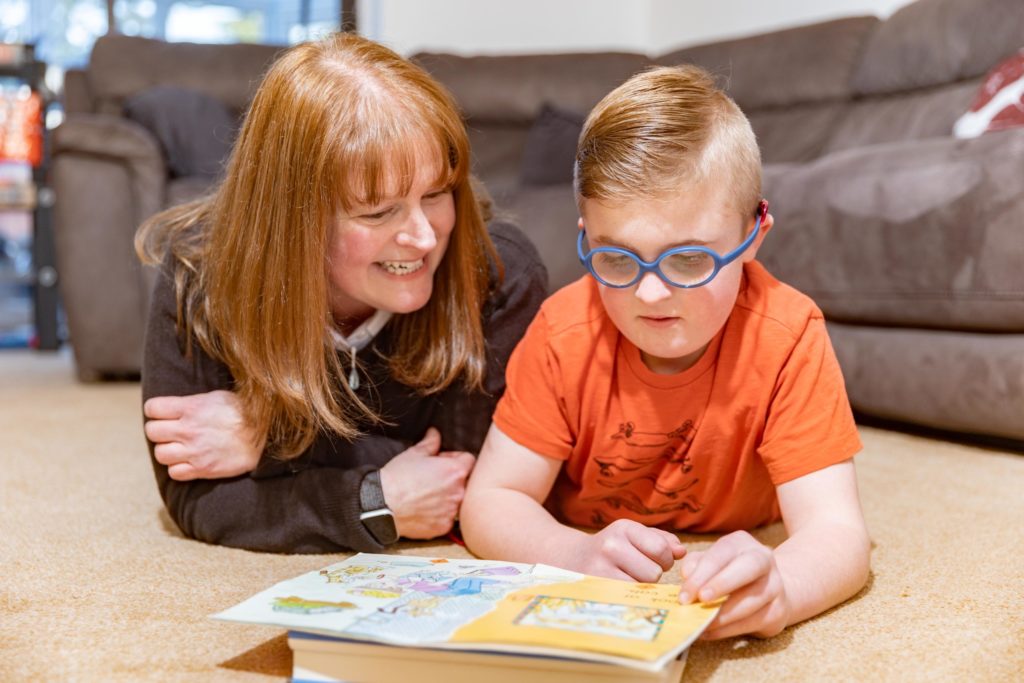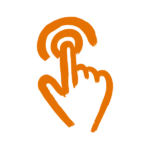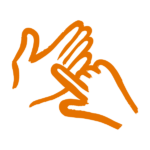Non-formal communication
This page explains what non-formal communication is, who uses it and how to use it, with some top tips. You can also find out about useful communication tools.

What is non-formal communication?
How Sense can help
We offer free and impartial information about living with complex disabilities, including deafblindness.
We also offer services all over the UK, including day services, community support and residential care. Talk to our team to find out more.
Get in touch by phone, email, post or through a BSL interpreter.
Non-formal communication is a way to express your feelings, wants and choices without speaking, writing or signing.
This can include:
- Body language.
- Changes in breathing patterns.
- Eye pointing.
- Facial expression.
- Gestures.
- Making sounds (or vocalisations).
- Pointing.
For example, a smile is a good sign that a person is happy, and pointing at a biscuit is a great way to let another person know you want it.
If you’re deafblind or have complex disabilities or learning disabilities, you can use non-formal ways to get information and express your feelings, wants and choices.
Stay in touch

Get updates about our vital work, including volunteering, making a donation or supporting Sense campaigns.
Who uses non-formal communication?
We all do! It’s how we all start to communicate as babies.
Non-formal communication may be the only form of communication used by some people with complex disabilities. This can include children and adults with:
- Severe and complex learning difficulties.
- Very severe learning difficulties.
- Multi-sensory impairments/deafblindness.
- A diagnosis of autism spectrum disorder.
- A learning disability.
- Behaviour that challenges.
- Dementia.
Everyone supporting a child or adult with complex disabilities can use non-formal communication to interact with other people and develop communication skills in a natural, relaxed and enjoyable way.
This includes:
- Parents.
- Family members and friends.
- Speech and language therapists.
- Care staff.
- Occupational therapists.
- Psychologists.
- Anyone working for the wellbeing of people with communication needs.
Before you read on…
- You can communicate using a mix of different ways. (We all do!)
- At Sense, we use whatever combination of speech, touch, sign or visual language works best.
- It’s never too late to start.
- Have a go and don’t worry about getting it wrong.
Top tips for non-formal communication
- Take time to become familiar with the person you’re supporting and how they like to communicate.
- Respond to all attempts to communicate in a positive, encouraging way.
- Use a consistent approach.
- Use familiar routines.
- Talk in short, simple phrases to make it easier for the person to understand.
- Use music to help make choices easier.
- Keep a record of the different ways the person chooses to communicate to check you understand their communication correctly.
- Share your thoughts with other people who know them well and check you all understand how they are trying to interact.
- If you are all consistent, this will give real meaning to a person’s non-formal communication.
Useful communication aids
As well as observing and responding, there are useful aids that you can use to support people who use non-formal communication. These include:
E-Tran frames
These are a way of using eye-pointing to communicate through pictures, symbols, letters, numbers and words.
Computer-aided augmentative and alternative communication tools
Symbols used in augmentative and alternative communication (AAC) tools include gestures, photographs, pictures, line drawings, letters and words.
You can use these alone or in combination, and alongside other communication methods.
AAC tools include purpose-built talking devices called voice output communication aids (VOCAs).
Get an assessment
Before choosing any communication aids to support someone with communication needs, you should get a full assessment from a speech and language therapist.
Professional support is always useful before you choose a specialist device.
An assessment will cover the person’s motor, cognitive, language and communication strengths and weaknesses.
You can find out more about E-Tran frames, and more about AAC tools and VOCAs, including information about suppliers, possible funding sources for specialist computer systems and communication aids, IT support and more.
Watch Annie using non-formal communication
Say Hello to Annie video with audio description.
Other types of communication
These are the main ways of communicating that we use:
-

Using touch
- Braille uses raised dots to touch.
- Deafblind Manual spells words on to your hand.
- Block alphabet spells letters on to your hand.
- Moon uses raised lines, curves and dots to touch.
- Tadoma uses lipreading by touch.
- Hand-under-hand signing using touch.
-

Using signs
- Sign language.
- Makaton, a simpler version of sign language.
- Visual frame signing for people with reduced vision.
- Objects of reference.
-

Using speech
-

Also
- Intensive interaction treating everything as communication.
This content was last reviewed in April 2023. We’ll review it again in 2025.
